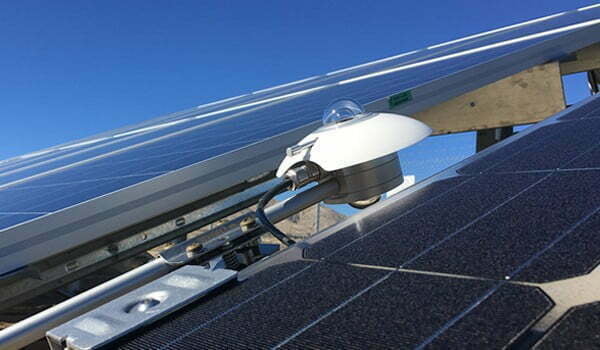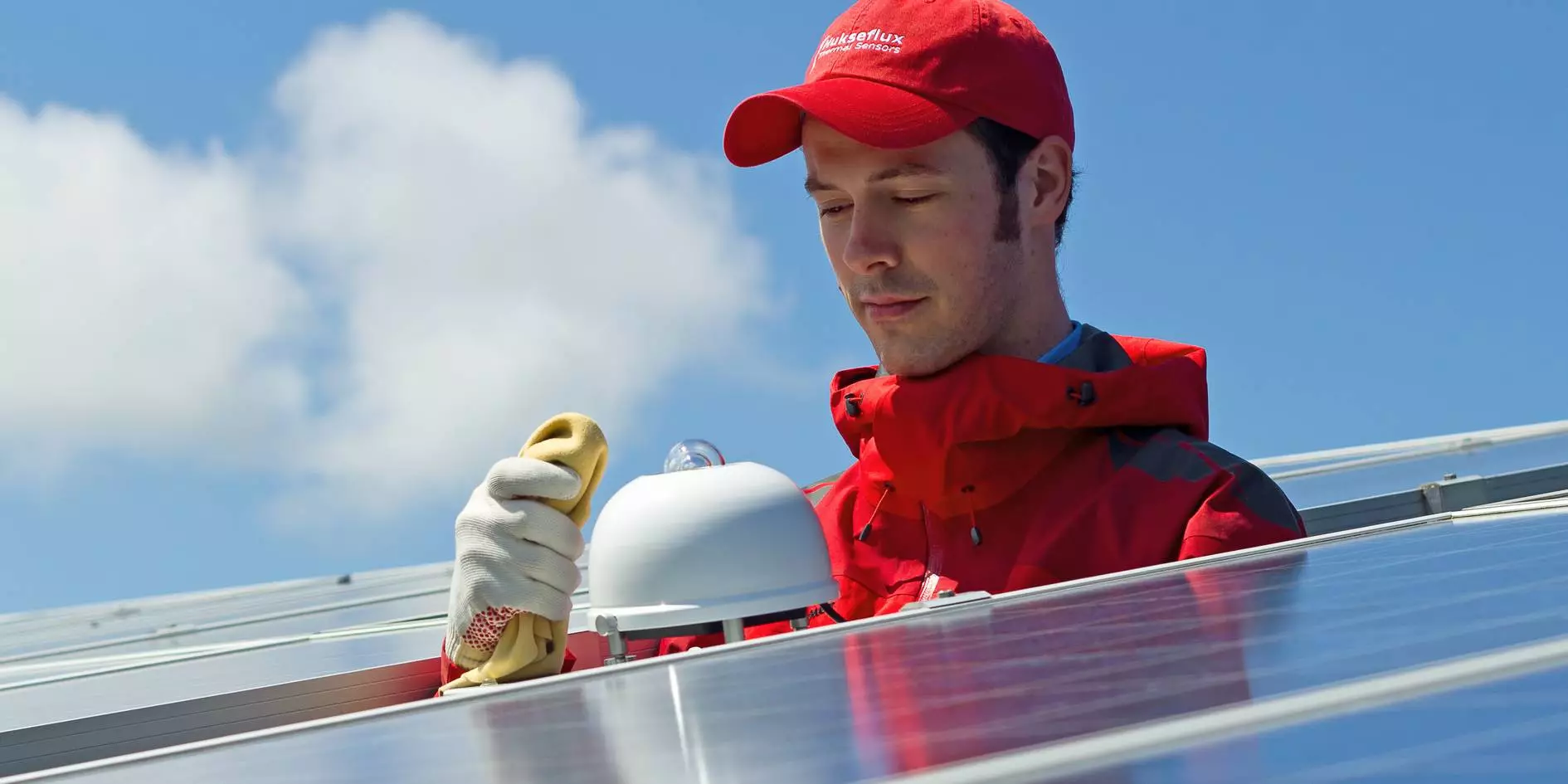PV System Monitoring
As more and more homeowners and businesses turn to solar energy to power their properties, the importance of proper PV system monitoring cannot be overstated. Not only does regular monitoring ensure that your solar panels are operating at peak efficiency, but it can also help identify potential issues before they become major problems. In this article, we will discuss the importance of PV system monitoring, the different types of monitoring available, and the benefits of having a professional monitoring service in place.
HuksefluxUSA is the North America distributer for #1 in the manufacturing of pyranometers, Hukseflux. The products we provide for PV System Monitoring are pyranometers and pyrheliometers.

What Our Pyranometers Measure
Our pyranometer product line includes sensors that are specifically designed to measure solar radiation. These sensors determine the amount of energy flux that is directed onto or through a surface, typically measured in units of watts per square meter (W/m²). Among the most frequently measured parameters using these sensors are:
- Global Horizontal Irradiance (GHI), which is the amount of solar radiation that is received by a horizontal surface outdoors. This is often measured with a pyranometer.
- Plane of Array (POA) Irradiance, which is the amount of solar radiation that is received by a surface located in the “plane of array” next to PV panels. This parameter is also measured with a pyranometer.
- Reflected solar radiation from the soil is another parameter that can be measured using a pyranometer. In this case, the sensor is positioned facing the ground, and it can also measure other parameters such as albedo and net radiation when combined with GHI measurements.
The Importance of PV System Monitoring
PV system monitoring is the process of monitoring and analyzing the performance of a solar energy system. This includes monitoring the output of the solar panels, the efficiency of the inverter, and the overall performance of the system as a whole. By keeping a close eye on these key factors, homeowners and businesses can ensure that their solar panels are operating at peak efficiency and that any potential issues are identified and addressed as quickly as possible.
Regular monitoring also allows homeowners and businesses to track the performance of their solar panels over time. This can be especially useful for identifying trends and patterns that may indicate an issue with the system, such as a drop in energy production or an increase in energy consumption. By identifying these trends early, homeowners and businesses can take steps to address them before they become major problems.
Types of PV System Monitoring
There are two main types of PV system monitoring: real-time monitoring and remote monitoring. Real-time monitoring involves using sensors and monitoring equipment to track the performance of the solar panels in real-time. This allows homeowners and businesses to see exactly how much energy is being produced by their solar panels at any given moment, and to identify any potential issues as they arise.
Remote monitoring, on the other hand, involves using remote monitoring software to track the performance of the solar panels from a remote location. This allows homeowners and businesses to monitor their solar panels even when they are not on the property, and to receive alerts and notifications if there are any issues with the system.
Benefits of Professional PV System Monitoring
While it is possible for homeowners and businesses to monitor their solar panels on their own, there are many benefits to having a professional monitoring service in place. One of the main benefits of professional monitoring is that it takes the burden of monitoring and analyzing the performance of the solar panels off the shoulders of the homeowner or business owner. This allows them to focus on other aspects of their business or personal life while still being able to keep a close eye on the performance of their solar panels.
Another benefit of professional monitoring is that it provides access to a team of experts who are trained and experienced in monitoring and analyzing solar energy systems. These experts are able to identify potential issues and problems with the system that the homeowner or business owner may not be able to see on their own. They can also provide valuable advice and recommendations for improving the performance of the system.
Conclusion
PV system monitoring is an essential aspect of owning and operating a solar energy system. Regular monitoring ensures that the system is operating at peak efficiency, and that any potential issues are identified and addressed as quickly as possible. There are several different types of monitoring available, including real-time monitoring and remote monitoring. Professional monitoring services can also provide valuable benefits, such as taking the burden of monitoring off the homeowner or business owner and providing access to a team of experts.

